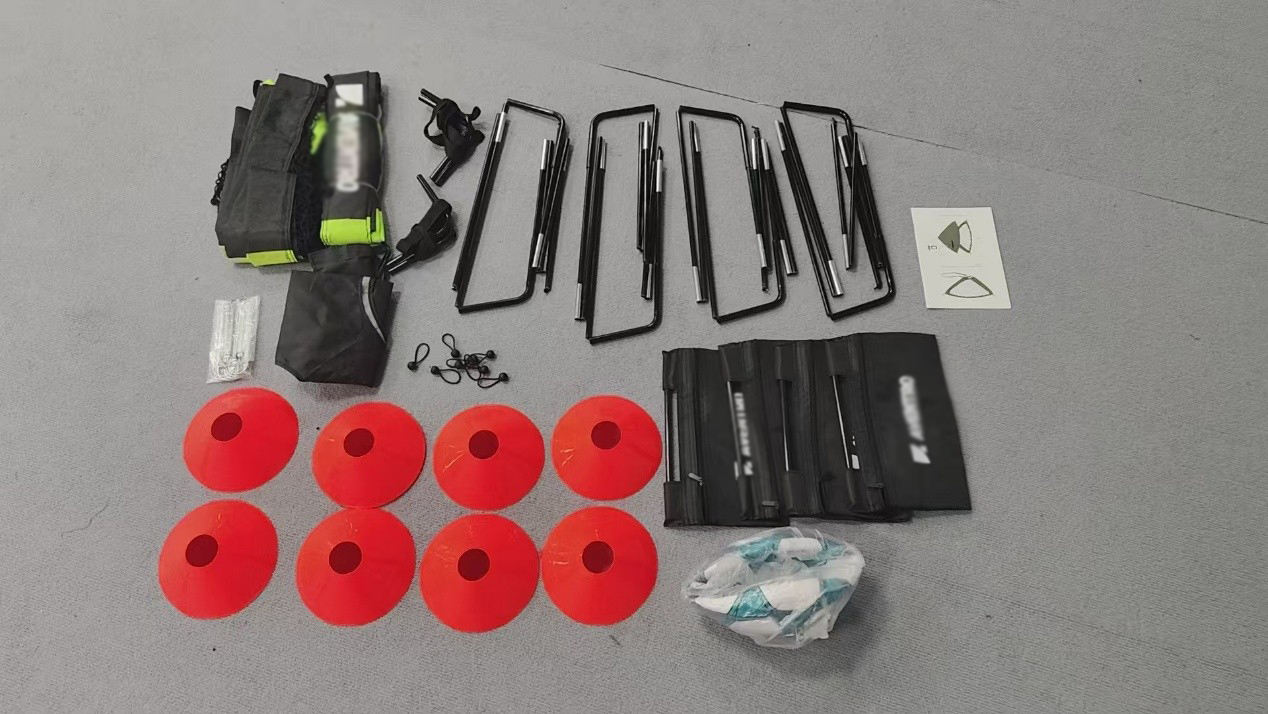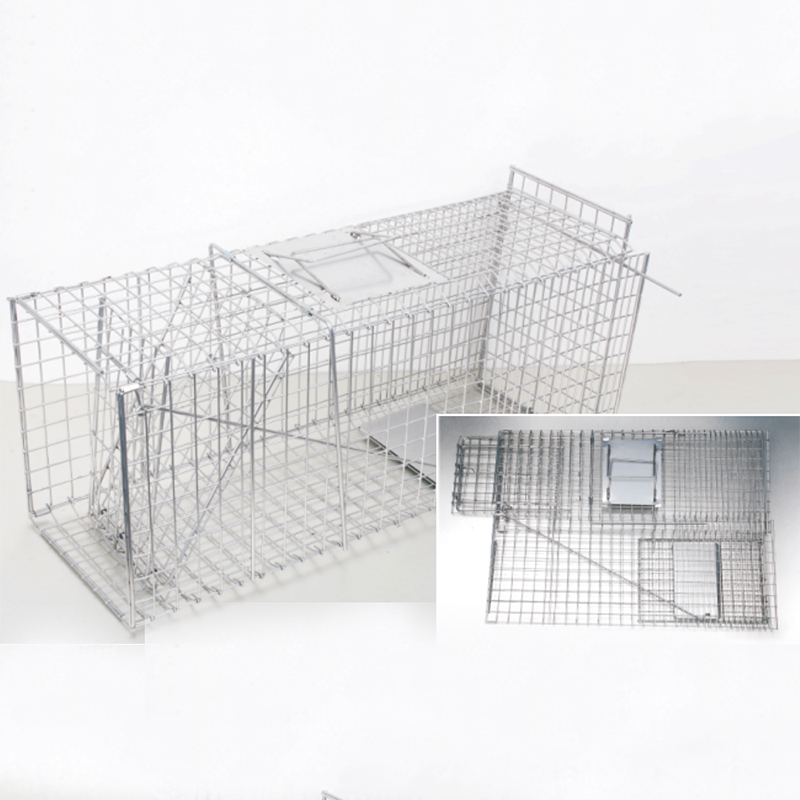As vehicles become more technologically advanced, the role of car mirrors might seem like a simple one in comparison to newer features like backup cameras and advanced driver assistance systems. However, car mirrors remain a fundamental component of road safety, playing an indispensable role in helping drivers navigate their surroundings.
Car mirrors, which include the rearview mirror and side mirrors, serve the primary function of providing drivers with a clear and comprehensive view of areas that are not directly in their line of sight. These mirrors are essential for making safe driving decisions, such as changing lanes, merging into traffic, reversing, and monitoring vehicles approaching from behind.
Rearview Mirrors: The Driver's Eyes on the Road Behind
The rearview mirror, positioned inside the vehicle at the top of the windshield, allows drivers to see directly behind them. This mirror is particularly important when reversing, as it helps drivers gauge the distance between their vehicle and objects or other vehicles behind them. The rearview mirror is also crucial for monitoring traffic conditions while driving forward, enabling drivers to react quickly to changes, such as an approaching vehicle that may be speeding or a car that is following too closely.
Modern rearview mirrors often come equipped with additional features, such as auto-dimming technology, which reduces glare from headlights at night. This feature not only improves visibility but also reduces eye strain for the driver, making nighttime driving safer and more comfortable.
Side Mirrors: Expanding the Driver's Peripheral Vision
Side mirrors, located on the exterior of the vehicle, are designed to provide drivers with a broader view of the areas beside and behind the car. These mirrors are particularly important for eliminating blind spots—areas around the vehicle that are not visible through the rearview mirror. Properly adjusted side mirrors allow drivers to see vehicles approaching from behind in adjacent lanes, making them essential for safe lane changes and merging onto highways.
In recent years, side mirrors have also been integrated with advanced features such as blind-spot detection systems. These systems use sensors to detect vehicles in the driver's blind spots and provide visual or auditory alerts, further enhancing safety during lane changes.
The Importance of Proper Mirror Adjustment
While car mirrors are designed to enhance safety, their effectiveness is largely dependent on how well they are adjusted. Improperly adjusted mirrors can create blind spots, increasing the risk of accidents. To maximize their utility, drivers should ensure that the rearview mirror provides a clear view of the road behind them, while side mirrors should be positioned to cover the areas directly beside the vehicle without overlapping with the rearview mirror’s field of vision.
A simple method for adjusting side mirrors is the "BGE" (Blindspot and Glare Elimination) setting. This technique involves adjusting the mirrors so that, when a car leaves the rearview mirror's view, it immediately appears in the side mirror. This reduces the blind spot and gives the driver a continuous view of surrounding traffic.
The Evolving Role of Car Mirrors
As automotive technology continues to advance, car mirrors are evolving as well. Digital rearview mirrors, for example, use cameras and display screens to provide a wider and clearer view than traditional mirrors. These mirrors can offer a high-definition view that remains unobstructed by passengers, headrests, or cargo, further improving driver awareness.
Despite these technological advancements, the basic principles of car mirror use remain unchanged. They are essential tools for providing the situational awareness that drivers need to make safe decisions on the road.
In conclusion, car mirrors are more than just reflective surfaces; they are critical safety features that help drivers maintain awareness of their surroundings. From the rearview mirror's role in monitoring traffic behind the vehicle to the side mirrors' function in reducing blind spots, these components are indispensable for safe driving. As technology evolves, car mirrors will continue to adapt, but their core purpose—keeping drivers informed and safe—will always remain at the heart of their design.

 English
English Español
Español Português
Português русский
русский français
français 日本語
日本語 Deutsch
Deutsch Tiếng Việt
Tiếng Việt Italiano
Italiano Nederlands
Nederlands ไทย
ไทย Polski
Polski 한국어
한국어 Svenska
Svenska magyar
magyar Malay
Malay বাংলা
বাংলা Dansk
Dansk Suomi
Suomi हिन्दी
हिन्दी Pilipino
Pilipino Türk
Türk Gaeilge
Gaeilge عربى
عربى Indonesia
Indonesia norsk
norsk اردو
اردو čeština
čeština Ελληνικά
Ελληνικά Українська
Українська Javanese
Javanese فارسی
فارسی தமிழ்
தமிழ் తెలుగు
తెలుగు नेपाली
नेपाली Burmese
Burmese български
български ລາວ
ລາວ Latine
Latine Қазақ
Қазақ Euskal
Euskal Azərbaycan
Azərbaycan slovenský
slovenský Македонски
Македонски Lietuvos
Lietuvos Eesti Keel
Eesti Keel Română
Română Slovenski
Slovenski मराठी
मराठी Српски
Српски 简体中文
简体中文 Esperanto
Esperanto Afrikaans
Afrikaans Català
Català עִברִית
עִברִית Cymraeg
Cymraeg Galego
Galego 繁体中文
繁体中文 Latvietis
Latvietis icelandic
icelandic יידיש
יידיש Беларус
Беларус Hrvatski
Hrvatski Kreyòl ayisyen
Kreyòl ayisyen Shqiptar
Shqiptar Malti
Malti lugha ya Kiswahili
lugha ya Kiswahili አማርኛ
አማርኛ Bosanski
Bosanski Frysk
Frysk ជនជាតិខ្មែរ
ជនជាតិខ្មែរ ქართული
ქართული ગુજરાતી
ગુજરાતી Hausa
Hausa Кыргыз тили
Кыргыз тили ಕನ್ನಡ
ಕನ್ನಡ Corsa
Corsa Kurdî
Kurdî മലയാളം
മലയാളം Maori
Maori Монгол хэл
Монгол хэл Hmong
Hmong IsiXhosa
IsiXhosa Zulu
Zulu Punjabi
Punjabi پښتو
پښتو Chichewa
Chichewa Samoa
Samoa Sesotho
Sesotho සිංහල
සිංහල Gàidhlig
Gàidhlig Cebuano
Cebuano Somali
Somali Точик
Точик O'zbek
O'zbek Hawaiian
Hawaiian سنڌي
سنڌي Shinra
Shinra հայերեն
հայերեն Igbo
Igbo Sundanese
Sundanese Lëtzebuergesch
Lëtzebuergesch Malagasy
Malagasy Yoruba
Yoruba









